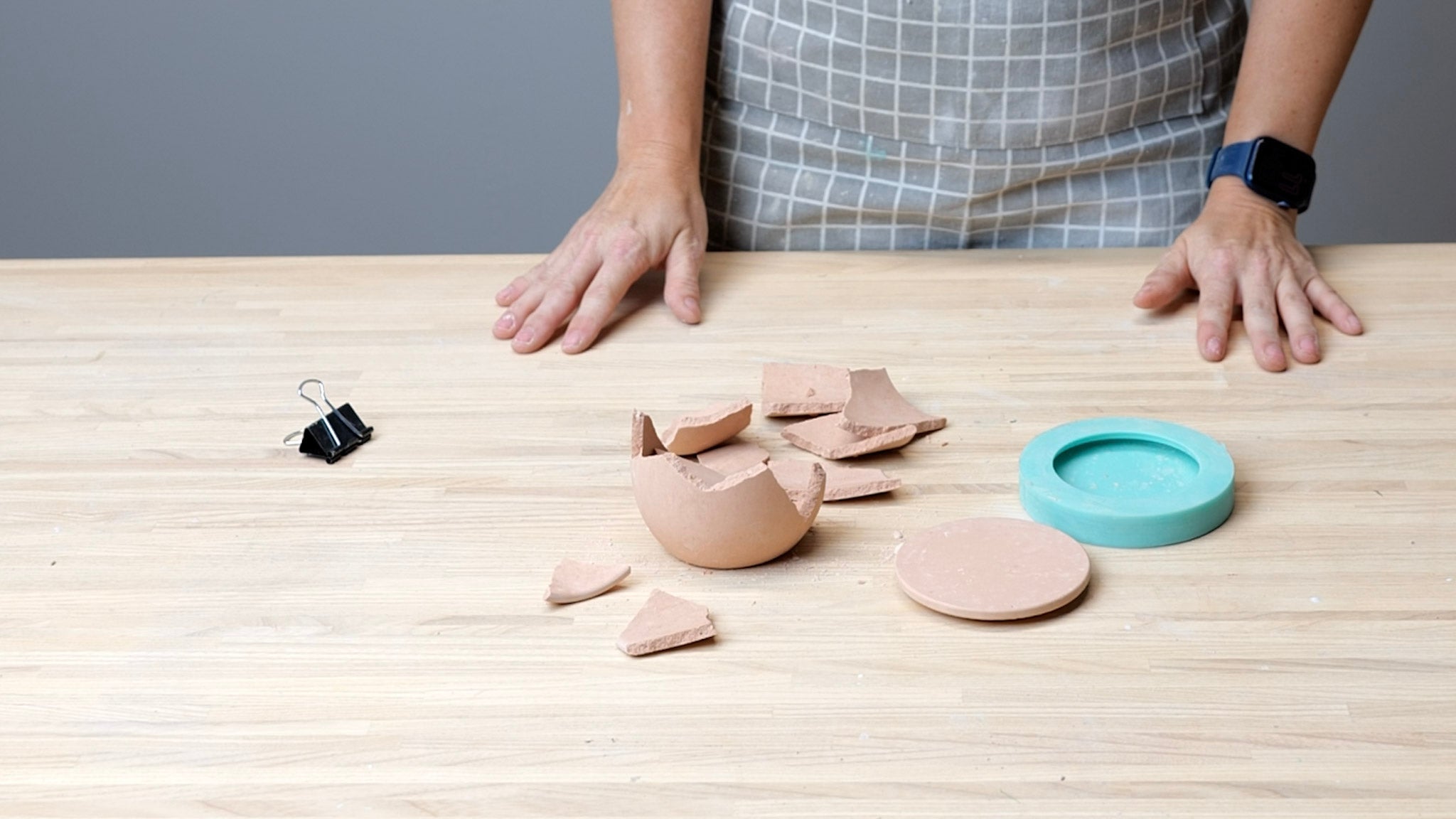
Cracks
Concrete is Cement + Sand + Water. Cracks are due to weak concrete. Weak concrete is due to the bonds of the cement and sand not being strong. Cement and sand bond as water evaporates. If you have cracks something in your ratio is not right.
Check to make sure the mix you are using is ideal for a thinner concrete piece. If you don't have the right cement and sand ratio, you will get cracks.
Next is water. It is most likely due too much water.
Next is curing speed. If you are getting cracks, try slowing the curing down by adding a bag a top your mold to keep the moisture in, or spray the top with water as it cures.
Bubbles
While our basic guide has you tapping out bubbles after you pour. There are some next steps to try and get a completely smooth casting. First, mixing creates bubbles, so try tapping out bubbles before you pour at all. If you are using a lid mold or a taller mold, you could try tapping bubbles out mid-pour, and after, so the bubbles have shorter to travel.
The ultimate way to remove bubbles is to get a vibrating table. Here at Modern Craft Labs we have DIY'ed a table using a concrete vibrating motor purchased from Amazon.
If you have a large groups of surface bubbles, you have a surface tension problem. This can be remedied with either a soap and water mixture OR a mold release spray.
Voids
Voids can be created when your concrete does not move along the sides of the mold. Try to get a more fluid concrete by using a water reducer.
Dents
Dents happen when you disturb curing concrete. Try not moving your castings until they are hard.
